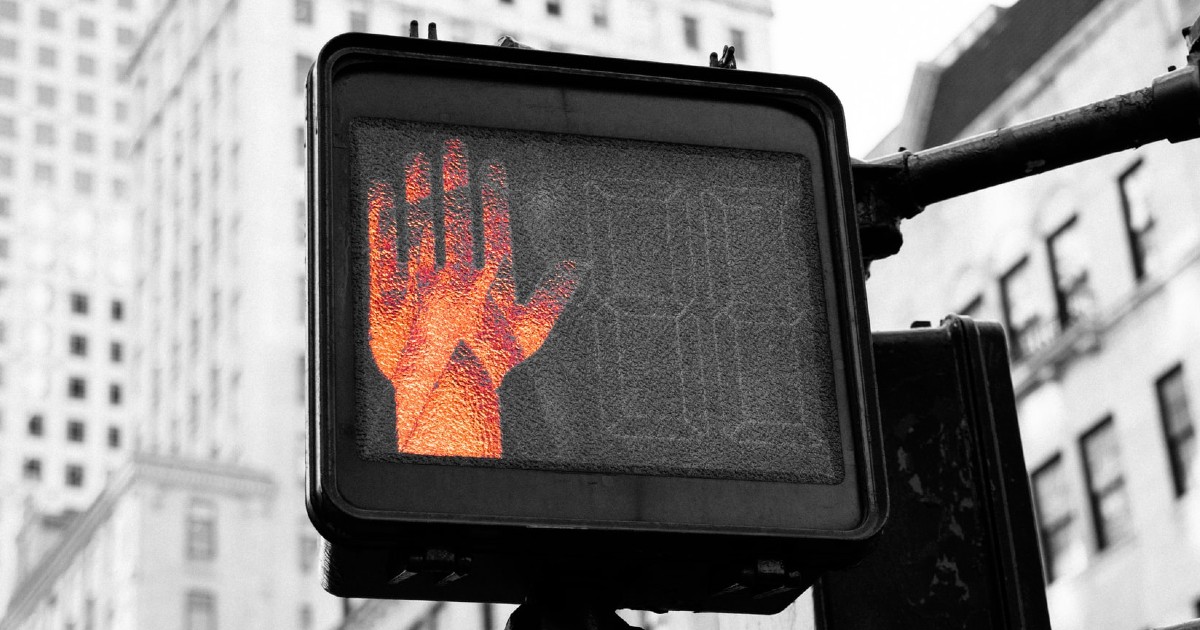We have been following Google's patent application on Batch Normalization Layers (BN layers) through a series of articles. First, we analyzed the USPTO's first rejection, and then the importance of the examiner's interview in Google’s response. In this article, we would like to focus on explaining about patent eligibility issues.
As we pointed out previously, Google conducted an interview with the examiner and the report was uploaded on January 30th. According to the report, the first matter discussed in the interview is the issue related to patent eligibility.
Providing the precedents and explaining the changes in the US Supreme Court and US Patent Office’s (USPTO) examination trends regarding patent eligibility would be quite long, so we decided to save that explanation for a separate column, which is what brings us here.
Patent Eligibility: What Types of Inventions are Protected under the Patent Law?
What is a patent?
It is an exclusive right that gives the inventor the monopoly to an invention for a set period of time.
Then, what is the scope of the invention?
Originally, the patent system was not created with intangible inventions in mind. This is a system to protect skills and ideas associated with visible objects. Therefore, protecting software can be considered an extension of the existing IP system, where in order to qualify for patent eligibility, it is required to take the form of an object or a method.
In the case of computer software, it takes the form of a computer (or a processor) on which the software is executed or a set of methods that is executed by the computer software.
What about patentability of business methods? Business models are in principle difficult to protect with patents. Can insurance, food delivery and patent attorneys themselves be protected with patents? Business models are the foundation of free competition and the USPTO considers them not to be patentable. Thus, you can’t give someone exclusive rights to the business model.
However, what if the business models are performed by a computer according to a specific procedure? In this case, the line separating software and patents becomes ambiguous. The food delivery system itself, which takes orders by phone, confirms the address, and delivers food to the house, is a business model that can not be patented. Nonetheless, what about receiving food orders with a software installed on your smartphone and delivering the orders to restaurants through it?
Can’t it be patented as a pure business model? Should it be patented as a software patent?
In the United States, there has always been a sharp confrontation regarding this matter. Then, in 1998, through Federal Circuit Court precedent (State Street Bank v. Signature Financial Group), it was established that business models can be eligible for patenting if they involve some practical application and, if “it produces a useful, concrete and tangible result”.
In this case, it is pointed out that the wording of the patent in question corresponds to the provisions of US tax law nearly word by word in the claims, and adding that the computers handle the accounting. Practically, this patent has opened up the possibility to attack any company that carries out their accounting using computers, even if they comply with the US tax law.
When the patent was registered, the USPTO never would have imagined its repercussions. After the State Street opinion, an avalanche of indiscriminate business model patent applications followed, which simply described existing business models to be carried out by computers. Once these patents were registered, the so-called Patent Trolls, who started to buy them recklessly, also appeared.
Even when USPTO examiners tried to reject these patents, it was difficult to find similar existing patents or prior arts. Although the business model was undoubtedly known, it was impossible to find other patents that explicitly described computer-implemented business models, so examiners had no other option but to helplessly grant the patents.
It was a great business opportunity for patent trolls, who would do anything with a patent for money. From 2000 to early 2010s, the US patent system became a real playground for them. Every known business model was slightly changed to be carried out by computers and patented, and then used to attack companies with registered patents.
In consequence, companies had to spend a huge sum for litigation or settlement costs, and all this created an environment where patent trolls became more prevalent. Companies started complaining about the patent system that was supposed to promote innovation, but had turned into patent troll wonderland. In the end, President Obama referred to the patent system at the time as “the uncertainty and wasteful litigation that is currently a significant drag on innovation”.
No More Patent Trolls, Alice Corp. v. CLS Bank decision
Under such environment, finally in 2014 the decision of the US Supreme Court in Alice Corp. v. CLS Bank set the new parameters on patent eligibility. The Court essentially came to the conclusion that implementing the abstract idea, such as a general business model, on a computer does not make that idea into a patentable subject matter.
The patent at issue in the case disclosed a computer-implemented, electronic “escrow” arrangement for facilitating financial transactions between two parties, mitigating the “settlement risk” by using a third-party intermediary.
In the Alice case, the US Supreme Court ruled that “a computer system merely 'configured' to implement an abstract method is no more patentable than an abstract method that is simply 'electronically' implemented.” In a way, the decision sounds obvious, but this ruling brings out dramatic side effects.
The decision of this case has had a great influence on the validity of computer-related invention patents, particularly software patents. Subsequently, many of these patents were invalidated applying Alice's ruling and at the same time, patent issuance dropped at least in part due to unconditionally refusing to register both business method patents and software-related patents.
The rejection of patent registration was not because of novelty, but a problem about many claims found to be patent-ineligible abstract ideas. For a while, the biggest issue for us, intellectual property law firms, dealing with software patents was to ensure our client’s patent protection by not being judged as “abstract ideas”. According to the numbers, the statistical probability of overcoming a USPTO’s patent rejection related to patent eligibility for software-related patents was less than 10% at that time.
The big gray area of this matter is that after the case, the Supreme Court did not really set a clear guideline to determine patentability of software-related technology. There is no clear criteria that separates whereas a patent describes an abstract idea or an inventive concept. However, due to the revolution of the software industry and the need of policies, lower trial cases are on the rise to provide precedents for classifying software-related patents, and to recognize patentability of software. Thus, whenever these cases emerge, the USPTO updates its guidelines.
These days, it is recognized that even if performed by a general-purpose computer, the idea is not abstract if the invention “claims that improve the functioning of a computer or other technology or technological field”.
Patentability of Google’s BN Layers
In the Batch Normalization Case, a patent eligibility issue was raised. Particularly, the evidence presented by the examiner was peculiar, and it could be applied to most software-related patents.
In general, with the introduction of distributed computing, the form of drafting the claims for software patents has also changed. Previously, I pointed out that software patents are protected by implying an improvement of the computer that runs the software. Nevertheless,in this case, the problem arises if you draft the patent as the entire software being run by one computer or processor, which does not fit for technologies like distributed computing or multicore processing.
In that way, is it very common for software-related patents to write the claims to state that software programs are executed by “one or more processors (computers, computing devices, etc.).”
The same applies for the claims in the BN Layers patent.
Here is claim 1:
A neural network system implemented by one or more computers, the neural network system comprising:
a batch normalization layer between a first neural network layer and a second neural network layer, wherein the first neural network layer generates first layer outputs having a plurality of components, and wherein the batch normalization layer is configured to, during training of the neural network system on a batch of training examples:
receive a respective first layer output for each training example in the batch;
compute a plurality of normalization statistics for the batch from the first layer outputs;
normalize each component of each first layer output using the normalization statistics to generate a respective normalized layer output for each training example in the batch;
generate a respective batch normalization layer output for each of the training examples from the normalized layer outputs; and
provide the batch normalization layer output as an input to the second neural network layer.
Nevertheless, the examiner took this part into question. I explained earlier that in the Alice case, one of the main issues regarding patentability was that the general business method was carried out by a “general-purpose computer”.
In the BN layers case, the examiner took into consideration that if the software instructions of the invention can be executed by multiple processes, this means that they are being executed by a general-purpose computer.
This way, it was considered that this invention is a common method performed by general-purpose computers, which is not subject matter of patent protection.
Although in the last few years there has been an improvement to overcome rejection due to patent eligibility to protect algorithms for software, patentability issues are still difficult to overcome once it is raised, and many concessions must be made when revising the patent claims.
Even Google could have been on the horns of a dilemma.
As discussed in the previous article, in the examiner’s interview Google seems to successfully convince the examiner that the patent eligibility matter raised in patent claim 1 can be overcome through a slight modification. In my opinion, that was the biggest accomplishment Google achieved with the interview.
In general, in order to overcome this kind of rejection it is necessary to include a hardware component into the patent claim, or submit a response emphasizing the operation method of hardware aspects of the invention. In the process, there are high chances to leave a record that could limit the scope of your invention.
In this particular case, as the examiner pointed out, if the expression “more than one processor” was a problem, Google might have to give up the scope of rights related to distributed computing or multicore processing in order to overcome rejection.
However, in the interview record, the examiner and Google reached an agreement that, at last, claim 1 is a subject matter of patent protection according to the new guidelines updated in early 2019. Hence, although no concrete decision has been submitted, so far, it looks like a clear victory for Google.
It’s like Google has taken off a big weight off their shoulders.




